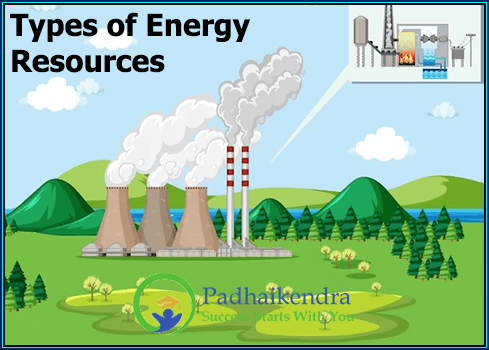Commercial Energy Sources
Commercial energy sources refer to the energy resources that are used on a large scale to meet the energy needs of industries, businesses, and households. The major commercial energy sources include:
- Fossil fuels: Fossil fuels, such as coal, oil, and natural gas, are the most commonly used commercial energy sources. They are used to generate electricity, power transportation, and heat homes and buildings. Fossil fuels are non-renewable resources and their extraction, processing, and use can have significant environmental impacts.
- Nuclear energy: Nuclear energy is generated through the process of nuclear fission, in which the nucleus of an atom is split to release energy. Nuclear energy is used to generate electricity and has the advantage of producing very low greenhouse gas emissions. However, nuclear energy also presents risks such as radiation exposure and nuclear accidents.
- Renewable energy: Renewable energy sources, such as solar, wind, hydropower, geothermal, tidal, and biomass energy, are increasingly being used as commercial energy sources. These sources are renewable and have lower environmental impacts than fossil fuels and nuclear energy.
- Biofuels: Biofuels are liquid fuels made from organic matter, such as crops, agricultural waste, and algae. They are used as a substitute for gasoline and diesel fuel in transportation and as a source of heat and electricity.
The choice of commercial energy sources depends on factors such as availability, cost, environmental impacts, and government policies. As concerns about climate change and energy security continue to grow, there is a greater focus on the development and use of renewable energy sources and the reduction of greenhouse gas emissions from commercial energy use.
Non-commercial Energy Sources
Non-commercial energy sources refer to the energy resources that are used on a small scale for domestic purposes and are not typically bought or sold in the market. These sources are often used in rural and remote areas where access to commercial energy sources is limited. The major non-commercial energy sources include:
- Firewood and charcoal: Firewood and charcoal are the most commonly used non-commercial energy sources for cooking and heating in many developing countries. They are obtained from trees and other vegetation and can be unsustainable if not managed properly.
- Animal dung: Animal dung, such as cow dung, is used as a fuel for cooking and heating in many rural areas. It is a renewable resource, but its use can contribute to indoor air pollution and health problems.
- Solar energy: Solar energy is a renewable non-commercial energy source that is increasingly being used for lighting and cooking in rural areas. Solar energy can be harnessed through solar panels, which convert sunlight into electricity, or through solar cookers, which use the sun’s heat to cook food.
- Wind energy: Wind energy is another renewable non-commercial energy source that is used for pumping water and generating electricity in some rural areas.
- Hydroelectricity: Hydroelectricity is a non-commercial energy source that is generated by using water to turn turbines, which in turn generate electricity. Small-scale hydroelectric systems are sometimes used in remote areas to generate electricity.
Non-commercial energy sources are important for meeting the energy needs of rural and remote areas where access to commercial energy sources is limited. However, the use of non-commercial energy sources can also have negative environmental and health impacts, such as deforestation, indoor air pollution, and respiratory diseases.





